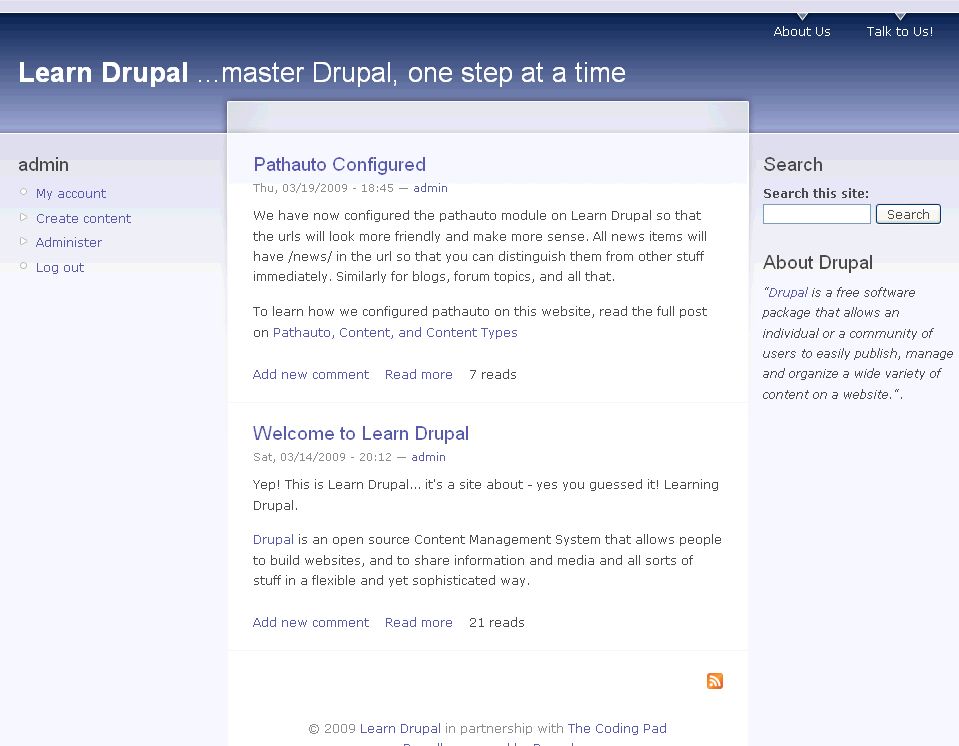Welcome to part 12 of our tutorial on building a website with Drupal 6. Previously we covered:
Part 1: Introduction
Part 2: Installing Drupal 6
Part 3: Configuring your Site
Part 4: Playing with Blocks
Part 5: Playing with Modules
Part 6: Playing with Themes
Part 7: Installing Modules and Themes
Part 8: Pathauto, Content, and Content Types
Part 9: Users, Roles, and Permissions
Part 1o: Reports – Keeping Track
Part 11: Managing Spam and Comments
As we go through this tutorials I am building a Drupal resource site called Learn Drupal. So far our website is shaping up really well, the basics are pretty much taken care of, and we’re now looking to build on content, and start adding on more functionality, depending on the purpose of your website.
In this installment, we’re going to look at how to make formatting your content easier for yourself and your users.
Continue reading “Building a Website with Drupal 6 – Part 12: Formatting Content”



